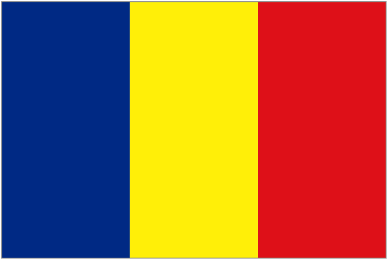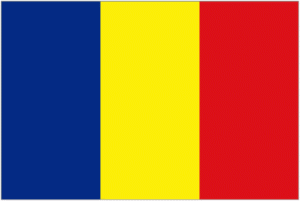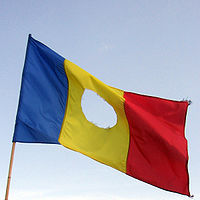October 25
“Over the centuries you will be remembered and praised, you, the officers and soldiers who have freed Transylvania.”
–General Gheorghe Avramescu, October 29, 1944
On this day in 1944 Romanian troops liberated Carei, the last German-occupied city in Romania. It is also the birthday of Romania’s last king, Michael I. (Pre-emptive answer: No, I don’t know why the there is a “I” if there won’t be a second.)
King Michael, or Mihai, became heir apparent of Romania at age 4 after his father Crown Prince Carol II abandoned his claim to the throne to elope with his mistress. When his grandfather, King Ferdinand died, the 6 year-old boy became king.
However in 1930, Carol II returned to the throne, becoming perhaps the only European king to have succeeded his own son.
In 1940, Carol II refused to go along with pro-Nazi Romanian leaders. He was forced to abdicate the throne for his son, 18 year-old Michael, who was expected to rule as a puppet monarch for a fascist Romanian government allied with Hitler.
There are conflicting stories of Michael’s motivations for turning against Germany in 1944. Some portray him as a hero whose daring fight against fascist leaders hastened the Nazi defeat, thus saving tens of thousands of lives. Others claim he was a pragmatist who had no choice but to switch once it became clear the Soviets were winning.
According to future Soviet leader Nikita Khurshchev…
In 1944, as we approached Bessarabia and fighting broke out on its territory, and then as we approached the borders of Romania itself, it became evident that the pointer on the scale had tipped strongly in the direction of victory for our side…Then a coup occurred in Romania. The young King Michael took part it it…In Romania a situation took shape in which the sympathies of the people moved to the left, the authority of the Communist Party rose, and the king decided the Communists should participate in the new government that was being formed…The question of whether Romania would take the socialist path did not come up at the time.”
–Memoirs of Nikita Khruschchev
The U.S. awarded King Michael the Legion of Merit for his bravery, and the Soviets awarded him the Order of Victory. But proof that no good deed goes unpunished, the Romanian Communist government abolished the monarchy in January 1948 and forced Michael to leave the country. According to Khrushchev, Michael was told, “he could take everything with him that he considered necessary, but he had to leave his kingdom.”
In exile, he married Princess Anne of Bourbon-Parma with whom he raised 5 daughters in Switzerland. The former king worked for an aircraft company training European pilots to fly with American instruments.
The former king once said:
“Though many people think that not to be allowed back into your country is easier to bear than not to be allowed out of it, this is not true. The feeling of powerlessness and loss of liberty is associated with both.
King Michael was invited to return briefly to Romania in 1992, after the collapse of the Soviet Union.
He is one of the last surviving heads of state from World War II.
October 25: Romanian Armed Forces Day





